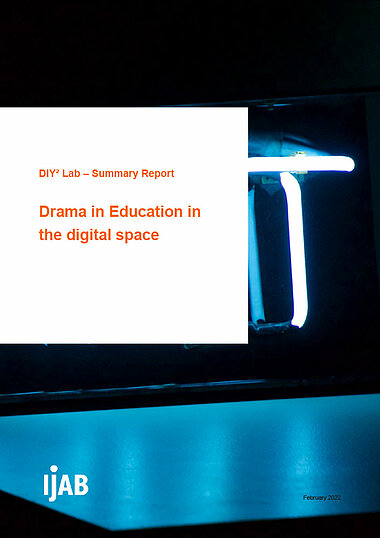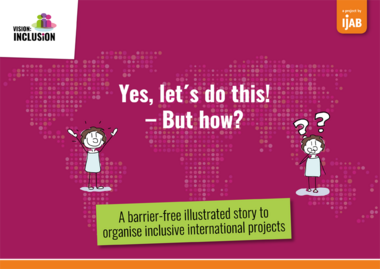

Inclusion and diversity
Although the terms “inclusion” and “diversity” are often used interchangeably, the underlying philosophies differ. Both terms originate in 20th century equality movements. “Diversity” tended to be used by movements that fought against the racial discrimination of blacks, while “inclusion” was the preferred term for contexts involving equality for persons with disabilities. Today, “inclusion” has a broader meaning that extends to include socially disadvantaged individuals, too. What both concepts have in common is that they lay emphasis on individuals’ personal differences, which are seen as assets. That said, “diversity” takes a more descriptive stance: attributes are identified and documented, but without implying any need for action. The concept of “inclusion” incorporates the vision of an inclusive society in which every individual and their specific attributes can participate without undue effort.
In Germany, the legal basis for an inclusive education system at all levels, including non-formal education, has existed since the country ratified the UN Convention on the Rights of Persons with Disabilities in 2009. Accordingly, all young people with an impairment or disability have a right to participate in child and youth services and/or international youth work activities. Clear efforts have been made in recent years to provide disadvantaged young people with better access, with many providers already offering inclusive activities. However, there is still much need for improvement since in practice, young people with disabilities in particular still face major challenges and uncertainties.




